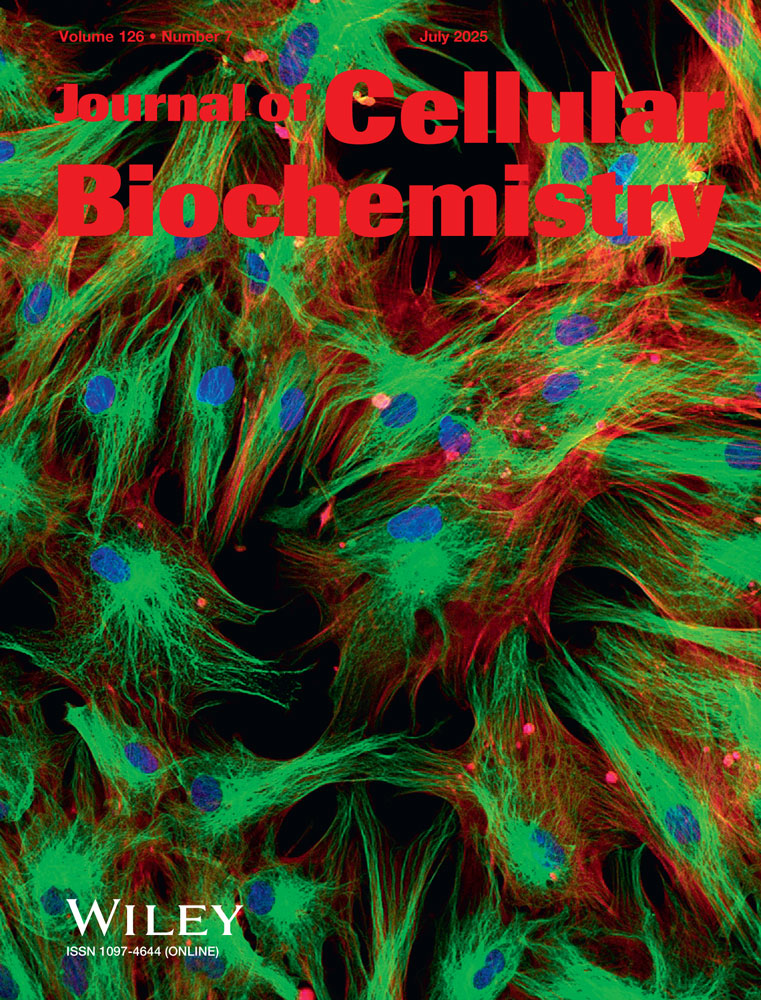Alteration of insulin binding and cytoskeletal organization in cultured fibroblasts by tertiary amine local anesthetics
Abstract
Tertiary amine local anesthetics cause a time- and dose-dependent, reversible increase in insulin binding sites in cultured chick embryo fibroblasts. Incubation of fibroblasts with 0.2 mM dibucaine for 3 h at 37°C results in a twofold to threefold increase in insulin binding, with an increase in average number of binding sites (Ka = 3.0 × 107M−1) from 9 × 103 to 29 × 103 per cell. Trypsin or ethylenegly coltetraacetic acid (EGTA) alone increases insulin binding twofold to threefold, but fails to further increase 125I-insulin binding in cells pretreated with dibucaine. Transformation of chick embryo fibroblasts with Rous sarcoma virus causes a threefold to fivefold increase in insulin binding, which is not further increased by incubation with dibucaine. As demonstrated by transmission electron microscopy, dibucaine and trypsin also induce changes in the cytoskeleton of chick embryo fibroblasts, characterized by disorganization and disappearance of microfilament and microtubule bundles. These alterations are accompanied by gross morphologic changes, including rounding of cells and appearance of numerous ruffles and blebs on the cell surface. These observations are consistent with the hypothesis that expression of surface receptors in cultured chick embryo fibroblasts is related to the organization and disorganization of cytoskeletal structures.




